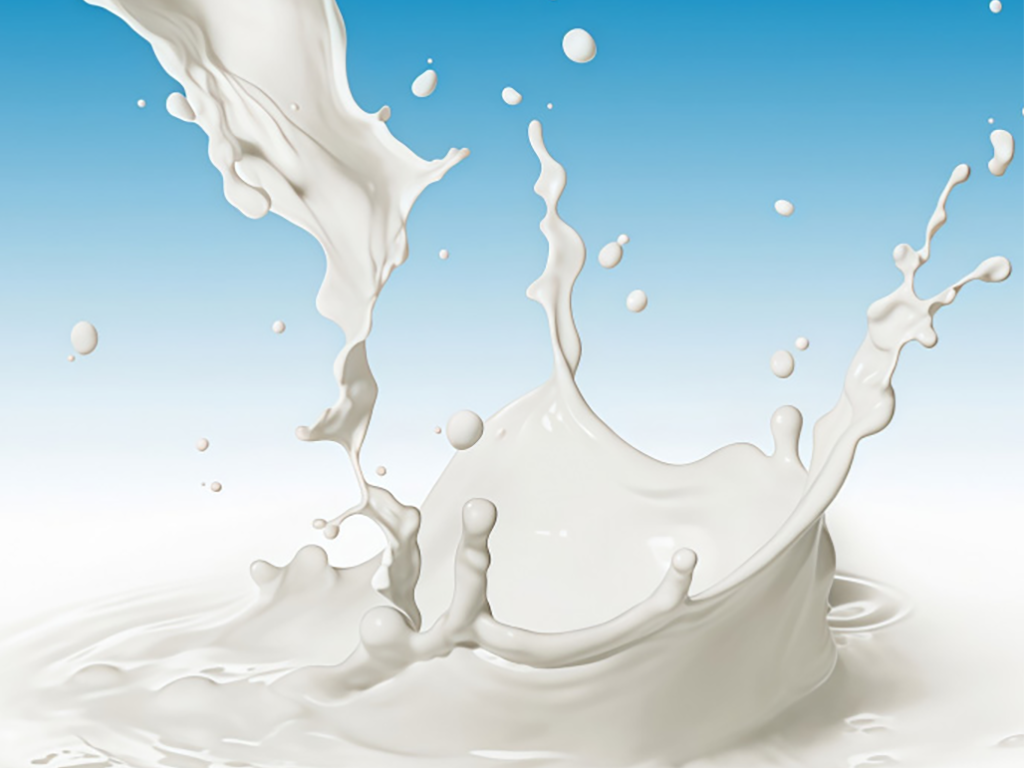Octylacrylat spielt in Beschichtungen als Monomer oder Copolymere-Komponente eine entscheidende Rolle, indem es Flexibilität, Wetterbeständigkeit und Haftung verbessert und somit in architektonischen, Automobil- und Industrie-Beschichtungen wertvoll ist. In Architekturlacken wird Octylacrylat mit Methylmethacrylat und Styrol copolymerisiert, um Acryl-Emulsionen zu bilden, die Filme erzeugen, welche sich mit dem Untergrund bewegen (um Rissbildung zu verhindern) und UV-Abbau widerstehen, um Farbbeständigkeit und Langlebigkeit in Außenbereichen gewährleisten. Die Automobilindustrie nutzt Octylacrylat, um die Steinschlagbeständigkeit und Flexibilität der Beschichtungen zu verbessern, sodass diese Vibrationen und Temperaturschwankungen ohne Ablösen standhalten können, während sie gleichzeitig zur Glanzbewahrung und chemischen Beständigkeit (gegen Kraftstoffe, Reinigungsmittel) beitragen. Industrie-Beschichtungen, die für Metall-, Holz- und Kunststoff-Untergründe verwendet werden, nutzen Octylacrylat, um Haftung und Schlagfestigkeit zu verbessern und so vor Korrosion und Abnutzung unter rauen Bedingungen (Fabriken, Maschinen) zu schützen. Mit Octylacrylat formulierte wasserbasierte Beschichtungen weisen niedrige VOC-Emissionen auf und erfüllen somit Umweltvorschriften, während lösemittelbasierte Varianten eine verbesserte chemische Beständigkeit bieten. Die Verträglichkeit des Monomers mit anderen Acrylaten erlaubt maßgeschneiderte Formulierungen: Ein höherer Octylacrylat-Anteil erhöht die Flexibilität für Anwendungen in kalten Klimazonen, während geringere Konzentrationen die Steifigkeit für stark beanspruchte Bereiche ausgleichen. Diese Vielseitigkeit macht Octylacrylat zu einem Standardbestandteil in Beschichtungsformulierungen und unterstützt die Leistungsfähigkeit über verschiedene Anwendungen und Umgebungen hinweg.
